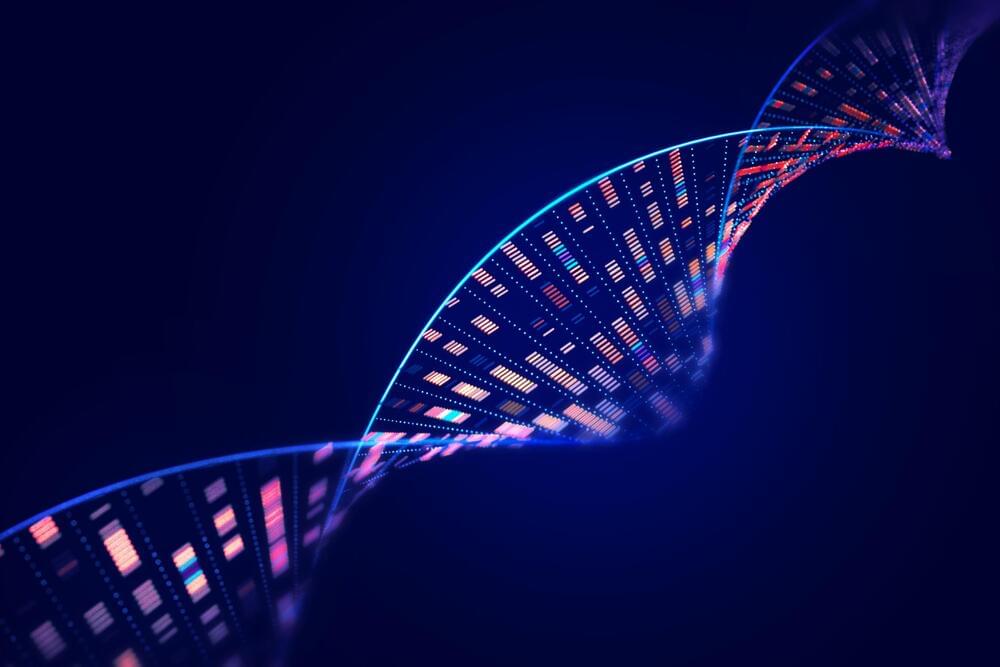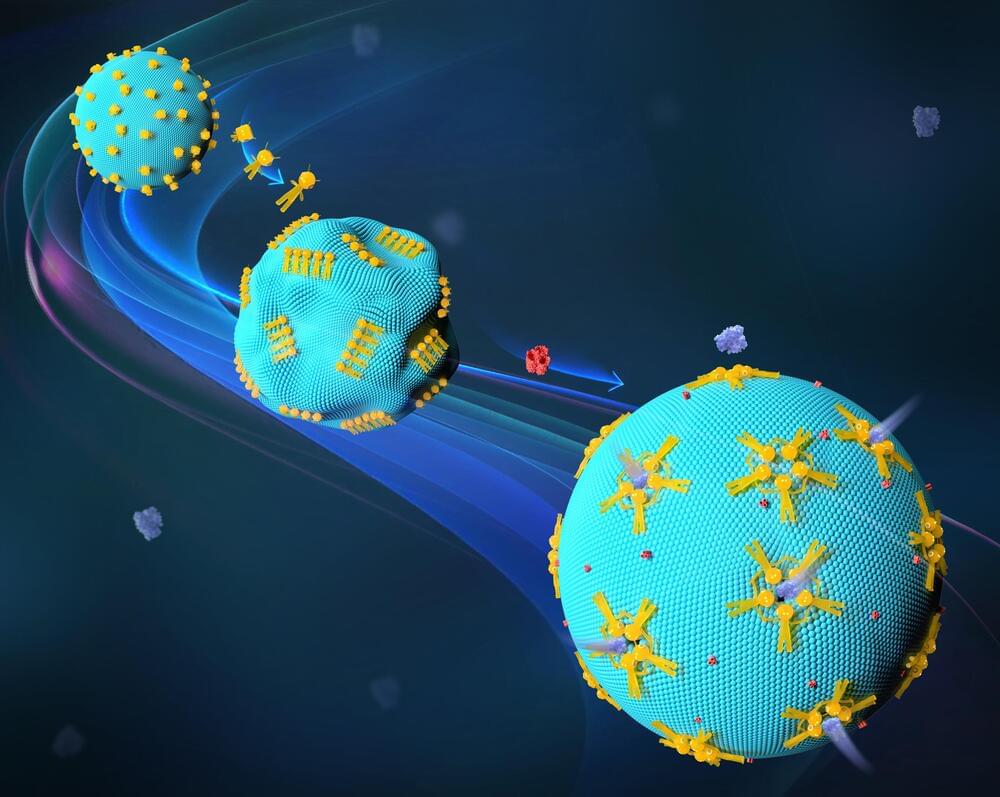Link :
Genes are mapping the way to cancer cures.


By the end of 2024, artificial intelligence (AI) and machine learning (ML) had established themselves as the main transformative forces behind recent technological advancements in healthcare. A report by Silicon Valley Bank states that in 2024, the amount of VC investment in health AI in the U.S. was expected to reach $11.1 billion, the highest number since 2021.
In my experience, the main driver behind the AI investment and adoption craze is the measurable value technology offers healthcare providers. A 2023 National Bureau of Economic Research study indicates that integrating AI can save the U.S. healthcare system up to $360 billion annually. A 2023 survey by the AMA shows that physicians see AI as a way to reduce the administrative burden of documentation (54%) and improve workflow efficiency (69%).
But do these positive changes reflect on the quality of care, and do patients benefit from AI and ML-powered solutions? In this article, I share my take on the transformative potential of AI and ML in the modern care delivery process.
Researchers have discovered that neurotransmitters like dopamine.
Dopamine is a crucial neurotransmitter involved in many important functions in the brain, particularly those related to pleasure, reward, motivation, and motor control. It plays a central role in the brain’s reward system, where it helps reinforce rewarding behaviors by increasing pleasure and satisfaction, making it critical for habit formation and addictive behaviors. Dopamine is also vital for regulating movement, and deficiencies in dopamine production are linked to neurological disorders such as Parkinson’s disease. Additionally, dopamine influences various other functions, including mood regulation, learning, and attention, making it a key focus in studies of both mental health and neurodegenerative diseases.
Biological replacement and cryopreservation to significantly extend human lifespans — eli mohamad & kai micah mills — hydradao and cryodao.
Eli Mohamad is a prominent figure in the biotech, space, and AI industries who has co-founded several successful startups and has a real passion for groundbreaking ventures that focus on the development of futuristic technologies.
Currently as a Core Team Member at CryoDAO (https://www.cryodao.org/), a decentralized organization focused on sourcing and funding research in cryopreservation, Eli continues to work at the forefront of innovative technologies and applies his extensive experience in biotechnology and innovative projects to advance novel cryopreservation technologies and their various applications, from critical tissue and organ preservation, to cryo-sleep and suspended animation for space exploration.
Eli has also been involved in setting up another decentralized organization called HydraDAO (https://hydradao.org/) which is focused on funding and incubating biological replacement research to significantly extend human lifespan and will be looking at everything from Limb Regeneration, Organ Bioprinting and Xenotransplantation, to Progressive Brain Replacement, head/brain transplants, and even whole body replacement via non sentient cloning.
Throughout his career, Eli has held various leadership positions in cutting-edge companies including as Co-founder and Chief Business Officer at X-Therma Inc., a company focused on complex tissue preservation; Advisor and Chief Business Officer at Rimac Automobili, working on high-performance electric vehicles; CFO/CBO at Insilico Medicine, Inc., as well as Co-founder of Organ Preservation Alliance, a non-profit organization dedicated to the future of organ banking, Orphidia Ltd., a medical diagnostics company, and Walkmore, a data science company.


Concussions and repeated head injuries are no longer seen as mere occupational hazards of contact sports; they are now recognized as serious health concerns.
Recent research from Tufts University and the University of Oxford reveals a potential link between head trauma and the activation of dormant viruses in the brain, which may lead to long-term neurodegenerative diseases such as Alzheimer’s.
The findings, published in the journal Science Signaling, suggest that early preventive treatments using antiviral drugs could help mitigate these risks.


Brain scans show fasting literally rewires your brain:
Brain scans of participants in a recent study showed changes in brain areas that regulate appetite and addiction, including the inferior frontal orbital gyrus. At the same time, tests of stool samples and blood showed changes in the gut bacteria, especially with types called Coprococcus comes and Eubacterium hallii.
The research was published in Frontiers in Cellular and Infection Microbiology.
The team emphasizes that, not only did the participants lose weight, averaging 7.6 kilograms (16.8 pounds), but there were also noticeable changes in the composition of their gut bacteria, and additional changes in brain regions.
These changes were linked to less activity in a part of the brain called the left inferior frontal orbital gyrus, which helps control food intake. During intermittent fasting, certain beneficial gut bacteria may become more prevalent, producing compounds that influence brain activity related to food intake and impulse control.
This suggests a complex, bidirectional communication between the gut and the brain, where altering the gut environment through fasting can lead to changes in brain function, potentially affecting eating behaviors and decision-making processes related to diet. Intermittent fasting offers multiple benefits, including weight loss, improved metabolic health, enhanced brain function, and potential longevity, by altering eating patterns to incorporate regular periods of fasting.

Diamond, often celebrated for its unmatched hardness and transparency, has emerged as an exceptional material for high-power electronics and next-generation quantum optics. Diamond can be engineered to be as electrically conductive as a metal, by introducing impurities such as the element boron.
Researchers from Case Western Reserve University and the University of Illinois Urbana-Champaign have now discovered another interesting property in diamonds with added boron, known as boron-doped diamonds.
Their findings could pave the way for new types of biomedical and quantum optical devices—faster, more efficient, and capable of processing information in ways that classical technologies cannot. Their results are published in Nature Communications.

The shape and morphology of a cell play a key role in the biological function. This corresponds to the principle of “form follows function,” which is common in modern fields of design and architecture. The transfer of this principle to artificial cells is a challenge in synthetic biology. Advances in DNA nanotechnology now offer promising solutions. They allow the creation of novel transport channels that are large enough to facilitate the passage of therapeutic proteins across cell membranes.
In this emerging field, Prof. Laura Na Liu, Director of the 2nd Physics Institute at the University of Stuttgart and Fellow at the Max Planck Institute for Solid State Research (MPI-FKF), has developed an innovative tool for controlling the shape and permeability of lipid membranes in synthetic cells. These membranes are made up of lipid bilayers that enclose an aqueous compartment and serve as simplified models of biological membranes. They are useful for studying membrane dynamics, protein interactions, and lipid behavior.
The work is published in Nature Materials.